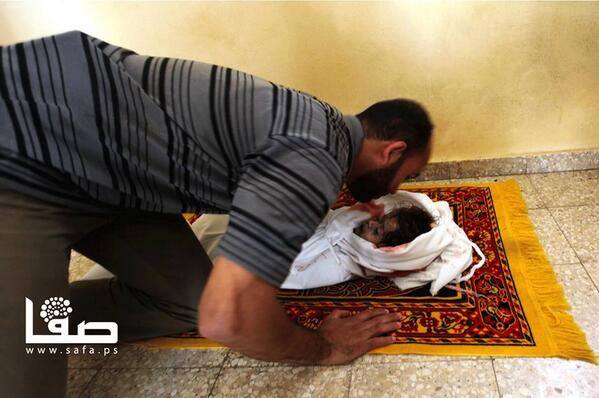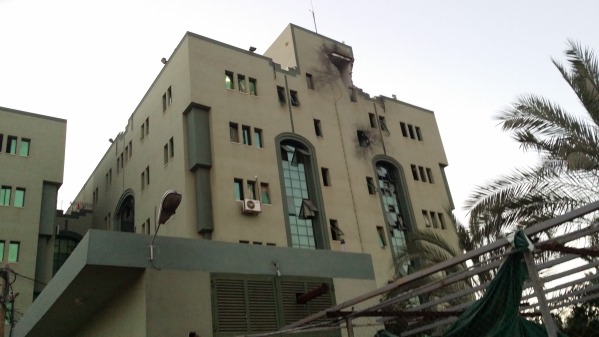Category: Gaza
-
Israel airstrike bombs major water line, sewage station and water wells in Gaza
13th July 2014 | International Solidarity Movement, Ramallah team | Gaza, Occupied Palestine Israeli airstrikes bombed a major water line and sewage plant west of Gaza City, last Wednesday afternoon, which provides water to tens of thousands of citizens and is regarded as the main water line for al-Shati refugee camp west of the city. The director of the Water…
-
Urgent call from Gaza civil society: act now!
13th July 2014 | Gaza Civil Society, originally published here | Gaza, Occupied Palestine We, Palestinians trapped inside the bloodied and besieged Gaza Strip, call on conscientious people all over the world, to act, protest, and intensify the boycotts, divestments and sanctions against Israel until it ends this murderous attack on our people and is held to…
-
International activists remain in Gaza hospital threatened by Israeli missiles
11th July 2014 | International Solidarity Movement| Gaza, Occupied Palestine Israel’s army fired four ‘warning’ missiles at the roof of El-Wafa rehabilitation hospital in Gaza City, Gaza. International volunteers now staying in the hospital in solidarity, have said they, “can hear missiles falling close by”. “The civilian population of Gaza is being bombed. We will stay…



